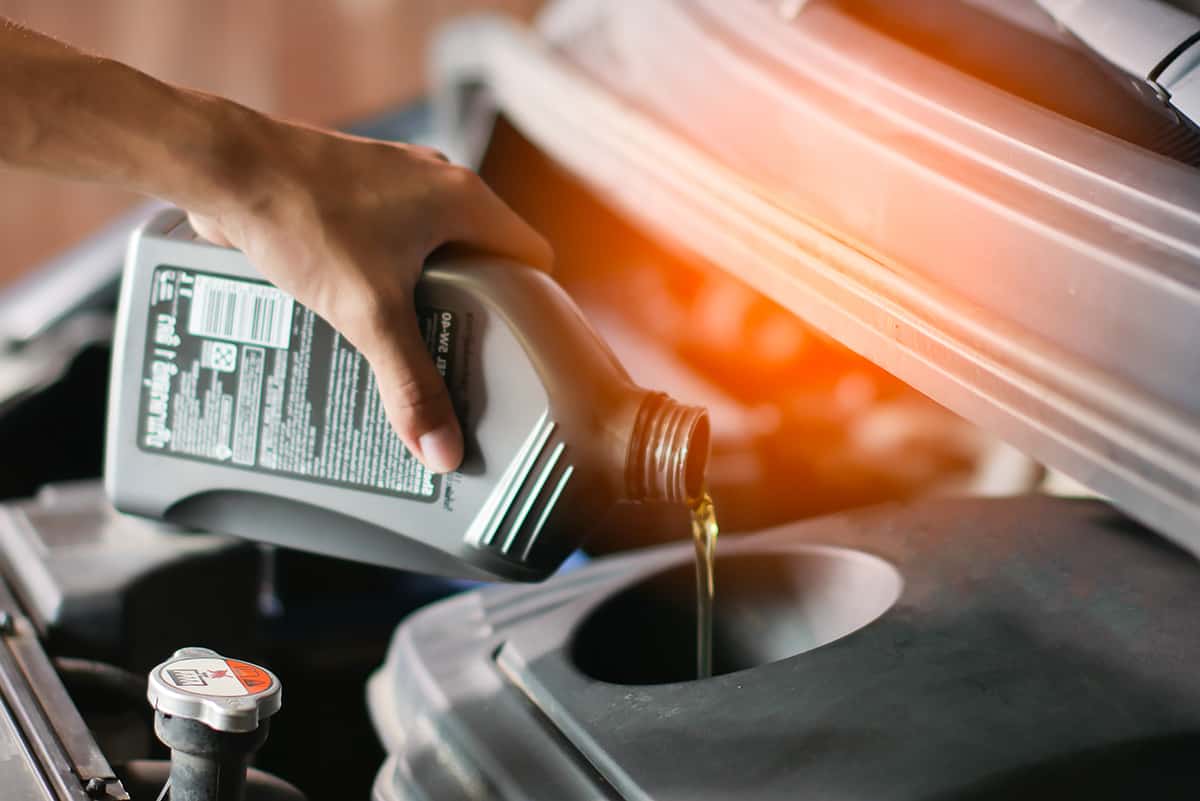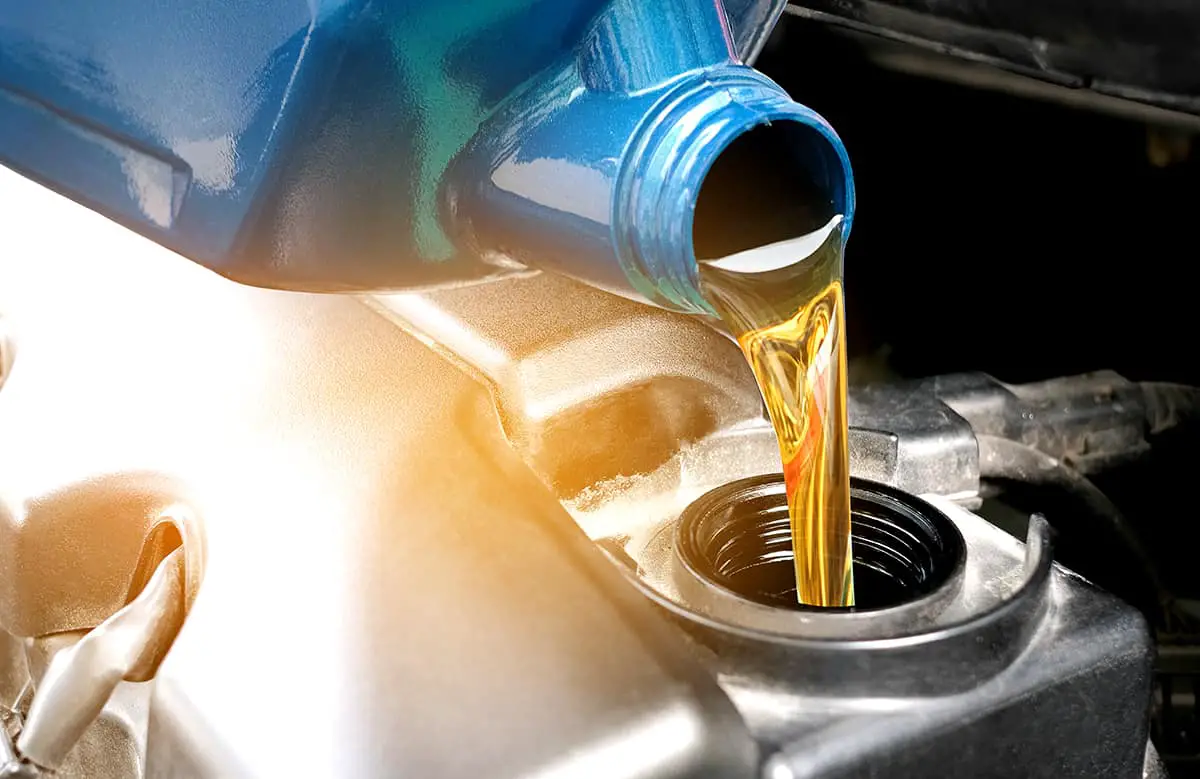Transmission fluid keeps gears running smoothly while preventing overheating. Its vital role makes understanding and maintaining the correct levels critical to vehicle performance and longevity. However, there’s a common question among car owners and enthusiasts that generates considerable debate: “Can you add transmission fluid when the car is hot?”
Yes, you can add transmission fluid when the car is hot, but it’s not typically recommended. It’s best to check and add the fluid after the car has warmed up to its operating temperature but isn’t excessively hot.
This guide will get into the complexities surrounding the topic. We’ll learn about the basics of transmission fluid and how to properly add it to your vehicle.
Adding Transmission Fluid When the Car Is Hot
When checking the fluid, a common practice is to let the car warm up to its normal operating temperature. The reason for this is that transmission fluid expands with heat, and to get an accurate reading; the fluid should be at its usual operating level. However, the question arises, is it safe or advisable to add transmission fluid when the car is hot?
On one side of the debate, some suggest it’s safe to add transmission fluid when the car is hot, as long as it’s not excessively hot. On the other side of the argument, some experts advise against adding fluid when the car is too hot. They warn that the fluid can be extremely hot and might cause burns if it splashes onto the skin.
Understanding Transmission Fluid

Transmission fluid is a lubricant used in vehicles with automatic transmissions. Its main function is to lubricate the various parts inside the transmission, reduce friction, cool down the transmission, and help transfer power from the engine to the transmission.
There are several types of transmission fluids. The most common are Dexron/Mercon and Multi-Vehicle Synthetic. Dexron/Mercon is the most commonly used transmission fluid and is compatible with most vehicles. Multi-Vehicle Synthetic fluid, on the other hand, is a high-performance option used in a variety of vehicles, from regular cars to heavy-duty trucks.
When and Why to Change Transmission Fluid
As the fluid ages, it loses its effectiveness due to heat, pressure, and contamination from worn metals. This old fluid can’t protect the transmission as well, potentially leading to premature wear, inefficient shifting, and even transmission failure.
The timing for changing transmission fluid varies depending on your vehicle, the type of fluid you use, and how you drive. However, a common guideline is to change it every 30,000 to 60,000 miles. Some newer synthetic fluids might last up to 100,000 miles before requiring a change.
Here are some signs indicating that your transmission fluid needs to be changed:
- The fluid is dirty or smells burnt: Good transmission fluid is a clear red color and has a slightly sweet smell. If your fluid is dark, murky, or has a burnt smell, it’s time for a change.
- You’re having trouble shifting gears: If you notice your car is having a hard time shifting gears or is making unusual noises, it could be due to old or low transmission fluid.
- The fluid level is low: If the fluid level is below the “Full” mark on the dipstick, you might have a leak, and it’s time for a fluid change.
The Process of Adding Transmission Fluid

Here, we’ll break down the standard process of adding transmission fluid and discuss specific cases involving hot cars.
Standard Procedure for Adding Transmission Fluid
- Check the current fluid level: Start the car and let it warm up to its normal operating temperature. With the engine running, remove the transmission fluid dipstick, wipe it clean, reinsert it, and then pull it out again to check the level.
- Determine the need for fluid: The fluid should be between the “Low” and “Full” marks on the dipstick. If it’s below the “Low” mark, you’ll need to add more fluid.
- Add fluid if needed: If you need to add fluid, use a funnel to pour the transmission fluid into the dipstick tube. Add a little at a time, continually checking the level to avoid overfilling.
- Check fluid condition: Look at the fluid’s color and smell. If it’s dark or smells burnt, you might need to change the fluid completely.
- Replace the dipstick: Once you’re done, make sure to replace the dipstick to prevent any contaminants from getting into the transmission.
Handling Hot Cars
Adding transmission fluid to a hot car can be a bit more complex. While it’s still possible, there are specific precautions you should take to ensure you don’t harm your vehicle or yourself.
Firstly, be aware that the fluid and the car’s components will be hot, posing a risk of burns. Use protective gloves and be careful when handling the dipstick and fluid.
Secondly, avoid adding cold fluid directly to a hot transmission. The sudden temperature change can cause components to contract and potentially crack. If you need to add fluid while the car is hot, let the fluid warm up to room temperature first.
Finally, remember that hot fluid will be at a higher level on the dipstick than cold fluid. If you check the fluid while it’s hot, remember to take this into account to avoid overfilling.
FAQs
1. Can I use any type of transmission fluid in my car?
No, you should not use any type of transmission fluid in your car. Different vehicles require specific types of transmission fluid based on the design and requirements of their transmission systems.
Using the wrong fluid can lead to poor performance and could potentially damage your transmission. Always refer to your vehicle’s owner’s manual or consult a professional mechanic to ensure you’re using the correct transmission fluid for your car.
2. What are the risks of adding transmission fluid to a hot car?
There are several risks associated with adding transmission fluid to a hot car. Firstly, the transmission fluid itself can be very hot and might cause burns if it splashes onto your skin.
Secondly, if you add cold transmission fluid to a hot transmission, it can cause a sudden temperature change that may lead to the contraction and potential cracking of transmission components. If you need to add fluid while the car is hot, let the fluid warm up to room temperature first.
Lastly, remember that the fluid level will appear higher on the dipstick when it’s hot, so take this into account to avoid overfilling.






